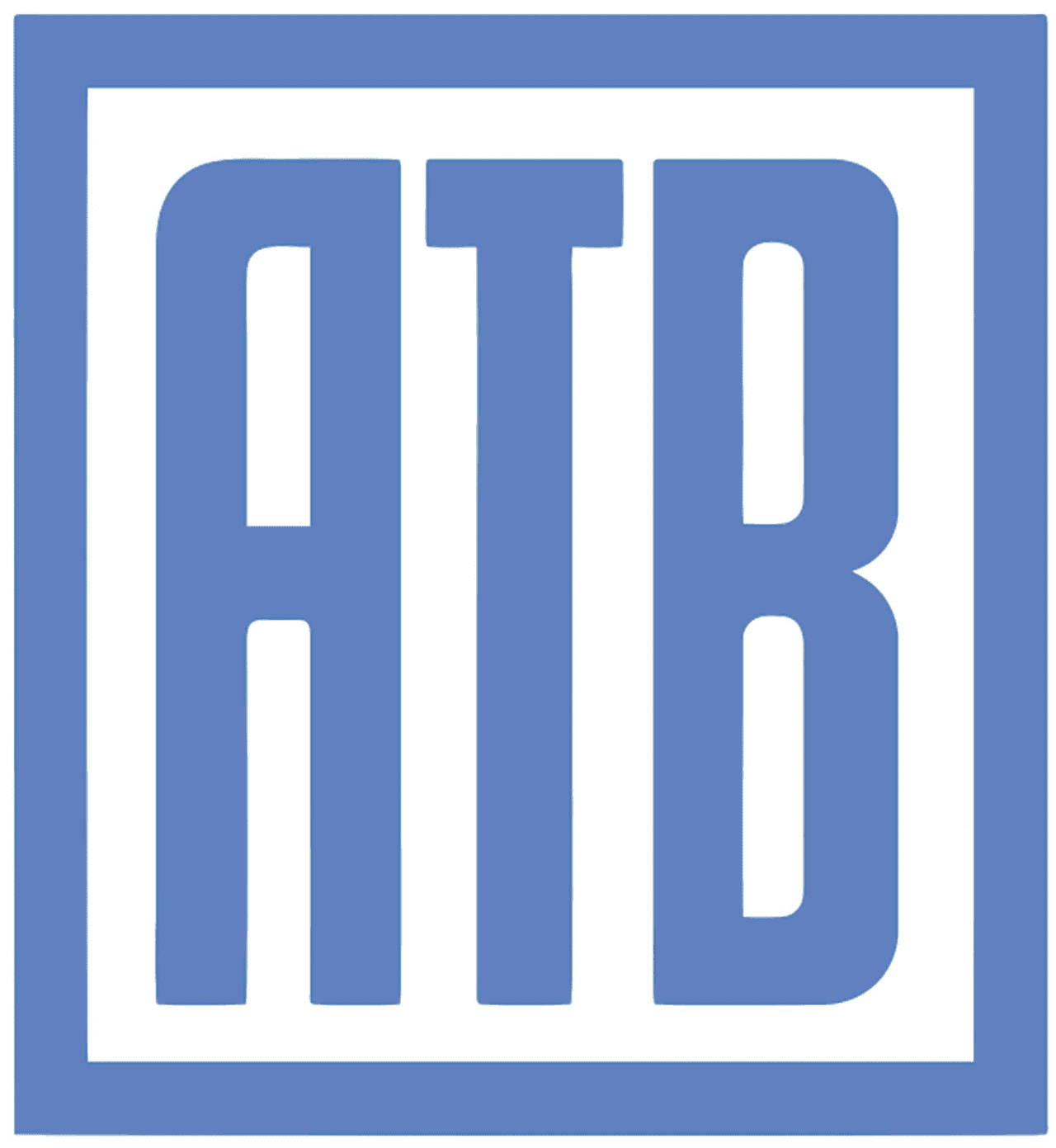Ferro raw materials are crucial in the production of steel and other iron-based alloys. Among these, Hot Briquetted Iron (HBI), Iron Pellets, and Iron Ore are significant. Here’s an overview of each:
1. Iron Ore
Description: Iron ore is the primary raw material used to make iron and steel. It is a natural mineral found in the earth’s crust, containing iron oxides like hematite (Fe₂O₃) and magnetite (Fe₃O₄).
Uses: The iron extracted from iron ore is used primarily in steelmaking. The iron ore is first processed into a usable form, usually by reducing it in a blast furnace or direct reduction plant, to produce pig iron or sponge iron, which is then converted into steel.
titc
Types:
Hematite: Contains about 70% iron and is the most important iron ore.
Magnetite: Contains about 72% iron and is often processed into iron ore pellets.
Processing: Iron ore is typically mined, crushed, and then concentrated by removing impurities. It can be used directly in blast furnaces or processed into pellets for use in direct reduction processes.
2. Iron Pellets
Description: Iron pellets are small balls of iron ore that have been processed and agglomerated into a pelletized form. They typically have a uniform size and are used as a feedstock for blast furnaces or direct reduction processes.
Production Process: Iron ore fines (small particles of iron ore) are mixed with binders and rolled into balls. These are then heat-hardened in a furnace, resulting in durable pellets that can be efficiently used in steel production.

titc
Uses: Pellets are often used in blast furnaces as they provide better permeability and reduce energy consumption. They are also used in direct reduction processes to produce Direct Reduced Iron (DRI), a purer form of iron used in electric arc furnaces.
Benefits: Higher iron content, better metallurgical properties, and less energy-intensive processing compared to raw iron ore.
3. Hot Briquetted Iron (HBI)
Description: HBI is a premium form of Direct Reduced Iron (DRI) that has been compacted at high temperatures into briquettes to improve handling, transport, and storage. HBI is dense and highly metallized, making it an efficient source of iron in steelmaking.

titc
Production Process: After the direct reduction of iron ore (in the form of pellets or lumps) using natural gas or coal, the resultant DRI is hot-briquetted to form HBI. This process eliminates the need for a blast furnace, making it more energy-efficient and environmentally friendly.
Uses: HBI is used as a raw material in electric arc furnaces (EAFs), basic oxygen furnaces (BOFs), and other steelmaking processes. It serves as a substitute for scrap metal or pig iron.
Advantages: It offers higher density, less reactivity, and better transportability than DRI, making it suitable for long-distance shipping and reducing the risks of degradation during handling.
Summary of Their Roles in Steelmaking:
Iron Ore is the starting raw material, mined from the earth.
Iron Pellets are processed forms of iron ore, optimized for use in blast furnaces or direct reduction.
HBI is a compact, high-density form of DRI, used in steelmaking, especially in environments where high-quality, easily transportable iron is needed.
These materials are integral to the global steel industry, each serving specific functions in the steelmaking process, depending on the technology and economic factors involved.









